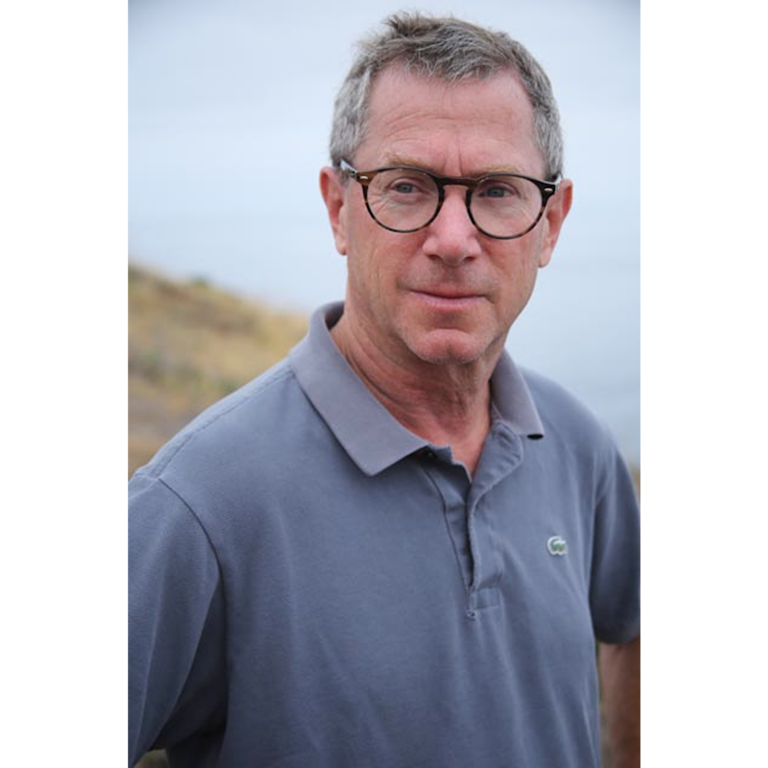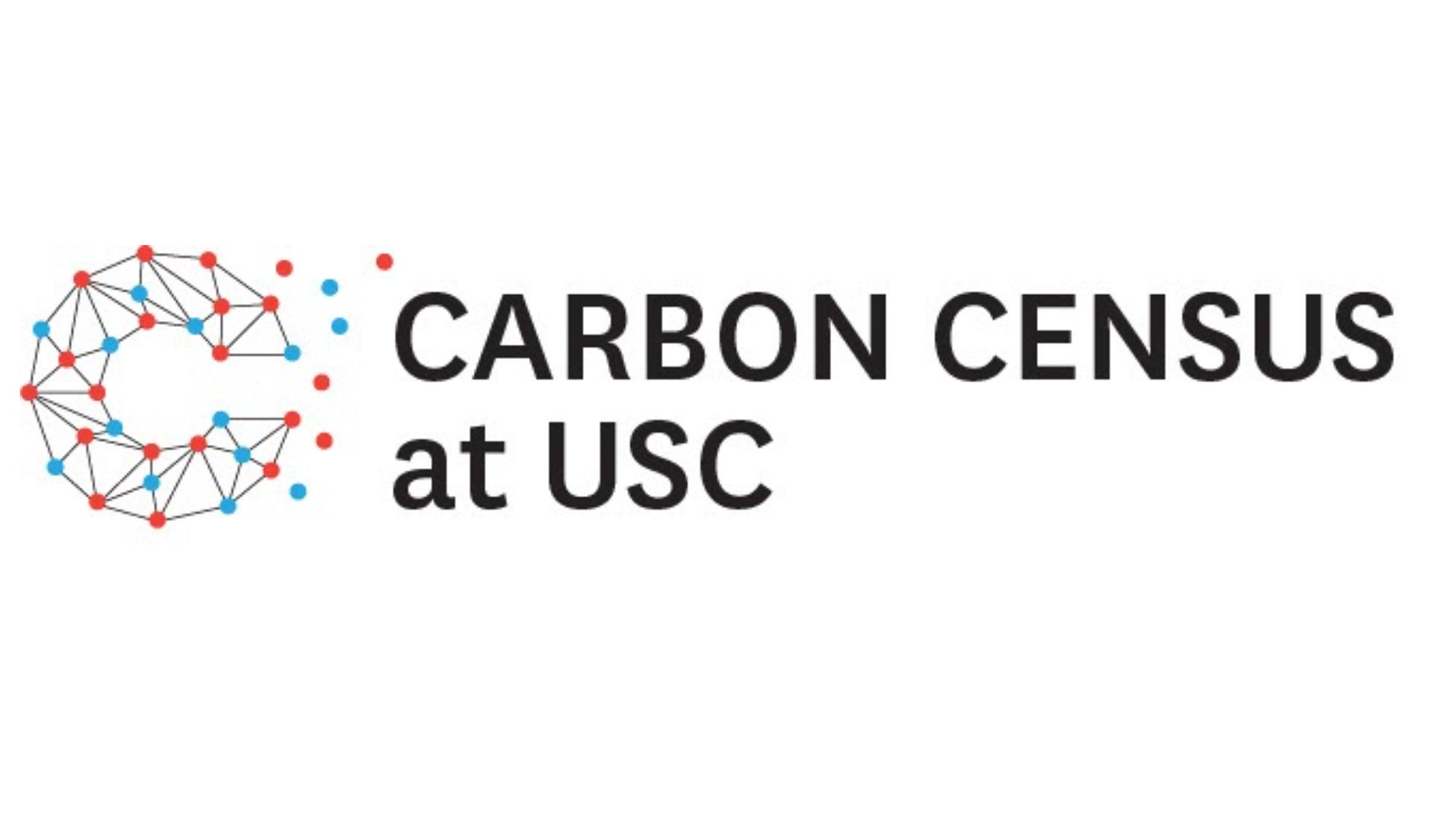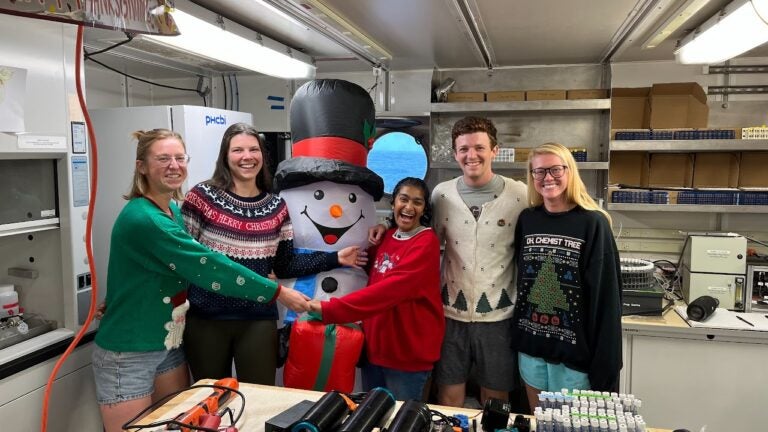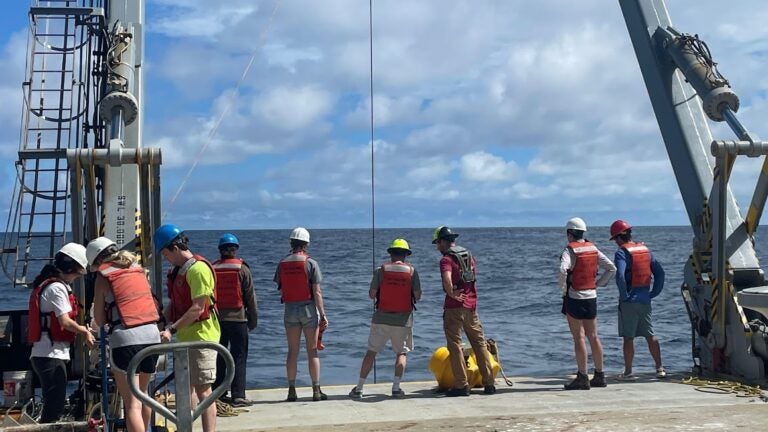“The work that goes on in my lab encompasses a wide spectrum of topics but aims to ultimately connect geochemical cycles, budgets and fluxes through the modern and ancient.”
William M. Berelson
Professor
Department of Earth Sciences
Environmental Studies Program
Spatial Sciences Institute
University of Southern California
Los Angeles, CA 90089-0740
berelson@usc.edu
310-804-8981 (c)

People
Various Earth Sciences Undergraduates, Graduates, and Staff members collaborates together to support Berelson’s Lab
Research Topics
Explore the diverse areas of research that have taken place, and are continuing to be carried out today.
Funded Projects
Look through the list of different projects that have been accomplished.
Much of my research involves studies of biogenic material fluxes to the sea floor and across this boundary. Capturing fluxes through the water column involves the use of sediment traps and measurements of water column profiles (solutes and suspended particles) and modeling; fluxes across the sea floor involves the use of benthic chambers and pore water diagenetic models. Analysis of the solid phase helps link oceanographic biogeochemistry with the sedimentary rock record. Fluxes and reactions involving O, C, N, P, CaCO3, bSi, Fe and S (and their isotopes) are among those that I work on. Most of my students have an opportunity to join an oceanographic research cruise and/or participate in various forms of field research. Recent field study areas include: Cocos Ridge in Tropical E. Pacific, NE Pacific (Hawaii to Alaska); Eastern Tropical South Pacific Ocean; Western Tropical North Atlantic Ocean within the Amazon River plume; Gulf of Mexico zone of hypoxia; San Pedro/Santa Monica Basin OMZ; Yellowstone National Park Hot Springs; Mono Lake, CA; Monterey Formation, CA; Green River Formation, WY and the T-J boundary rocks (Pucara Group) in central Peru. Some research details are provided below.
I am affiliated with many groups at USC including the Geobiology, Geochemistry and Climate programs in Earth Sciences, Marine Environmental Biology; Molecular Biology; Environmental Studies Program, Physics and Engineering Groups and the Spatial Sciences Institute. I also am affiliated with the Wrigley Institute for Environmental Studies.
My lab combines standard geologic and inorganic chemical analytical facilities with some novel geochemical instrumentation including: gas separation high vacuum lines, GC’s, NOx Analyzer, Membrane Inlet Mass Spectrometer, microfluidics experimental systems, micro-electrodes, a benchtop environmental SEM with EDS, and several Picarro C isotope CRDS analyzers.
I teach graduate courses in carbonate chemistry and sedimentology, marine sedimentary geochemistry and seminars in geobiology and geochemistry.
I helped initiate and have been a director of the International GeoBiology Summer Course (2002-2009) and remain involved with this training course, one that has had a profound impact on the growth and development of this field. I was chairman of the Earth Sciences Department from 2012-2018.
 Berelson Lab and collaborators on board the R/V Sally Ride before embarking on a cruise to the Cocos Ridge to study carbonate dissolution in the sediment, November 2021
Berelson Lab and collaborators on board the R/V Sally Ride before embarking on a cruise to the Cocos Ridge to study carbonate dissolution in the sediment, November 2021
 Carbon Census is a network of air sensors that help define urban air quality with one goal to understand urban vegetation impact on AQ
Carbon Census is a network of air sensors that help define urban air quality with one goal to understand urban vegetation impact on AQ



